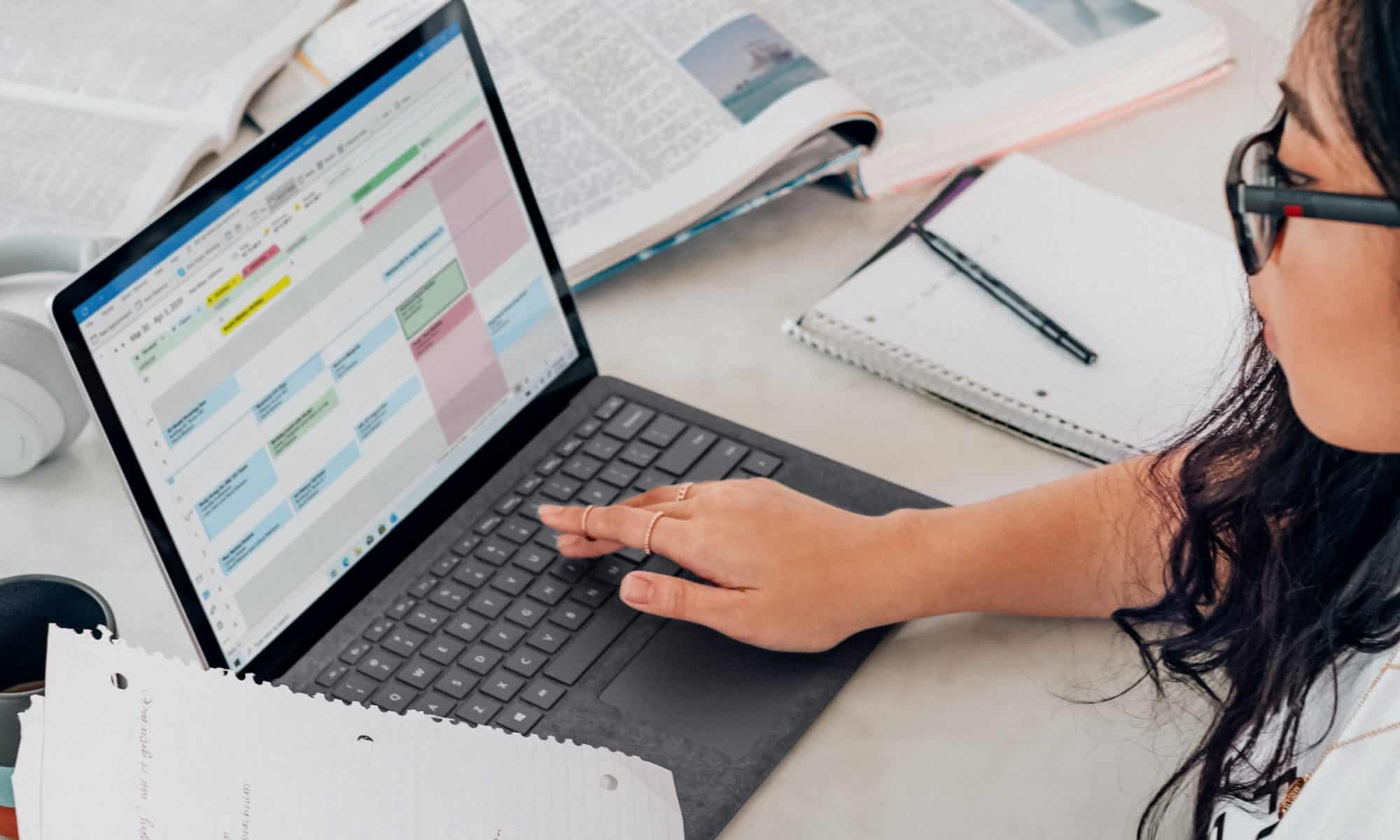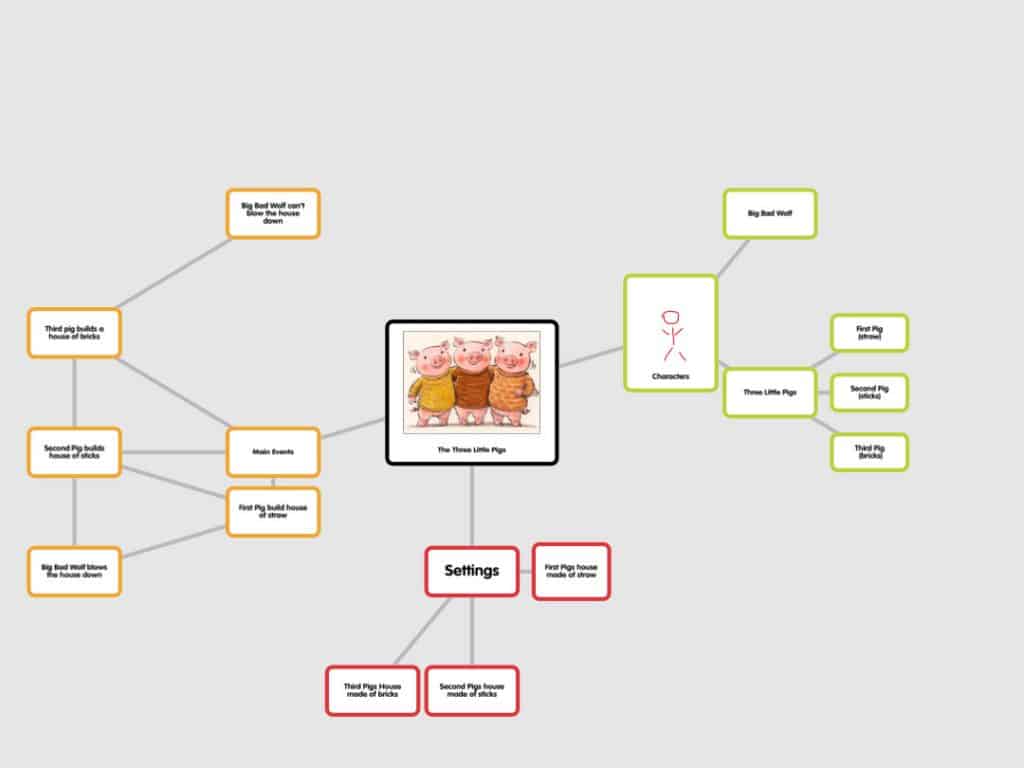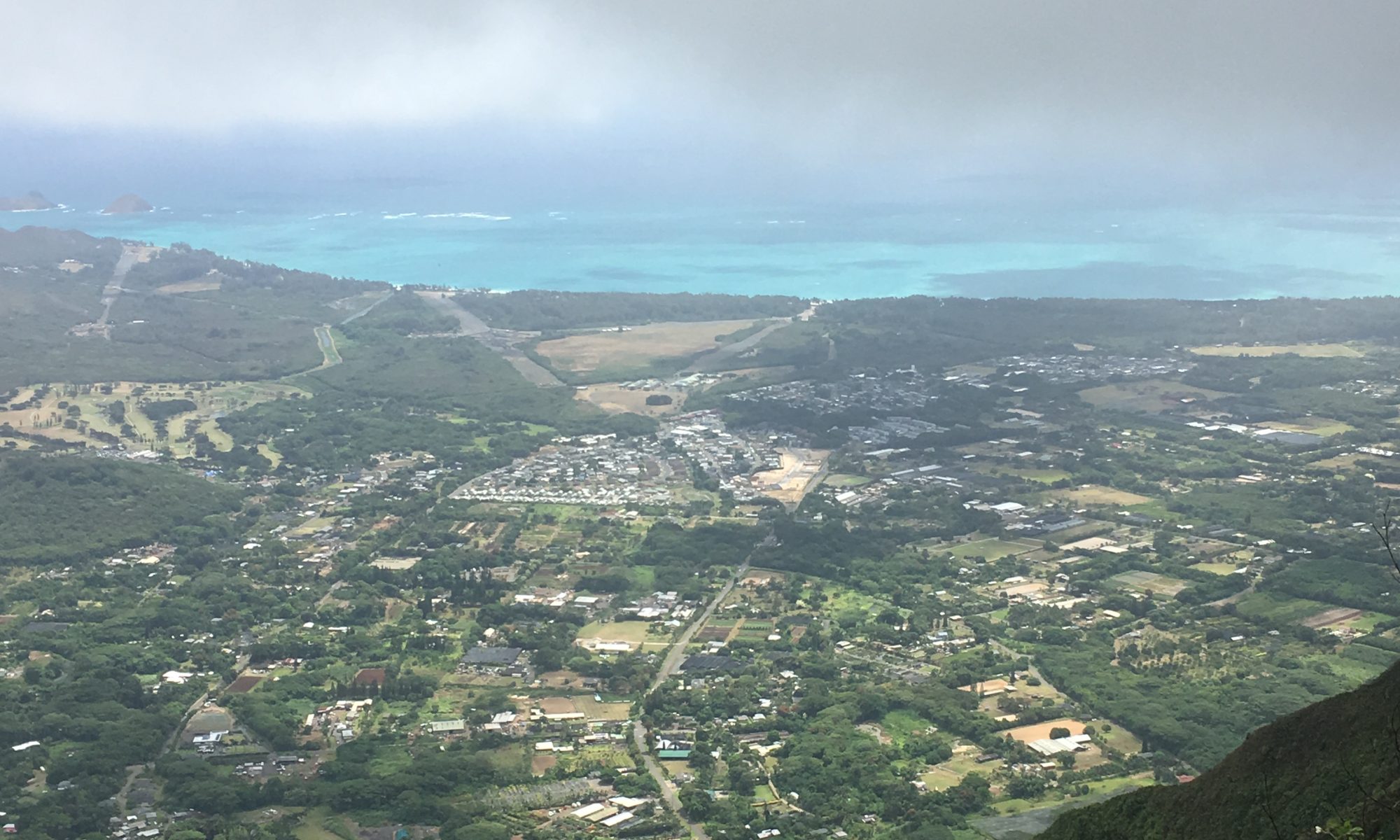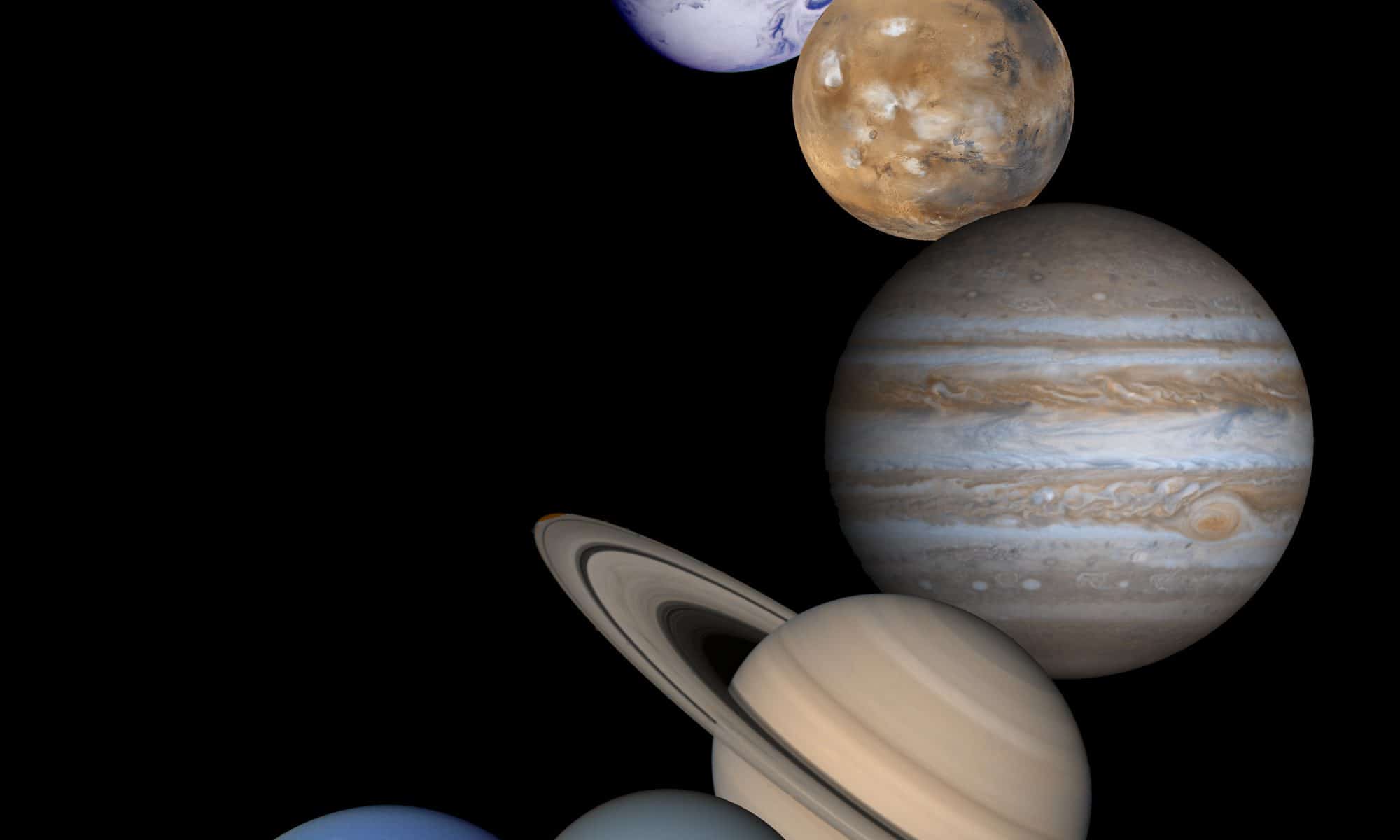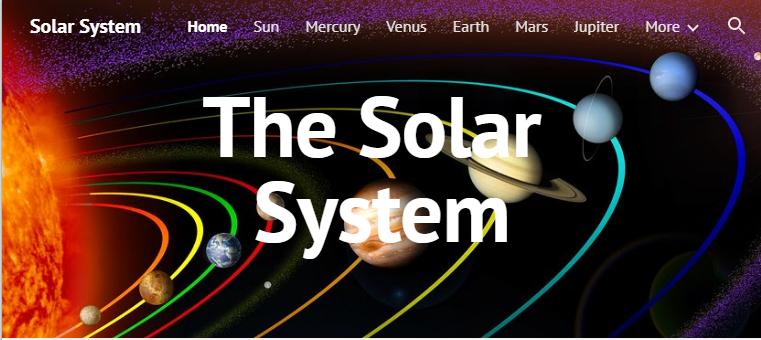This class has widened my view on the use of technology in the classroom. I feel that there is always some things that teacher usually have in their back pocket for using technology in the classroom, like Microsoft and google programs. However, there are so many other websites and programs out there that can be used to support and engage students of all ages. Technology has already grown so much within my time in school, and it probably will continue to grow throughout our lifetime. That it is only fair to help our students navigate how to use technology to help them keep up with new advances.
Technology is not only helpful in supporting the whole class, it can also be used to target specific students to help them learn the content of the class; therefore it is also a culturally responsive practice. It allows students another mode of access to the material and to demonstrate their learning of the content. We can use these apps to teach content with more visual stimulus, to make it more engaging. Also, technology can help us to assess students by having them create something online; instead of taking a traditional test or a written assignment.
I believe that part of being a teacher is being adaptable and always learning something new because there is always going to be something new to learn. At the beginning of this class, I was like other teachers that only have Microsoft and google programs in my back pocket, but throughout this semester I have learned numerous things that have created a solid base of technological knowledge. I hope to continue to grow this base in the future; to continue to be more adaptable and to grow with the times. Here are a few examples, of my growth and learning throughout this semester.
We started off this semester with breaking out those trustworthy programs, but with a twist! Instead of engaging the students through passively viewing this power point, we instead learned how to make these google programs interactive. A ton of these plans can be found all over the internet and can be easily adapted for any topic and grade level.
Then we explored different mediums with displaying information. Students can learn how to use AdobeSpark Video to illustrate their own writings or retell others. This would be a great way for students to creatively show off their knowledge and to make an afternoon of viewing everyone’s videos.
I have not only learned how to create lessons that embed technology, I have also learned how to appraise programs, to find the ones most suited to serve the students and the end goals of the lesson. Just like any new tool, apps can have positives and negatives, it just takes some time to learn how to use its strengths to enhance the learning going on in the classroom.
To wrap the semester up, I created a mini unit about Nutrition, that combined many of the apps that I enjoyed using throughout this class, like Wakelet and Adobe Spark Page. This could be a unit done within the classroom, or, in the time we are now living in with online learning, at home.
Featured image by: Surface

